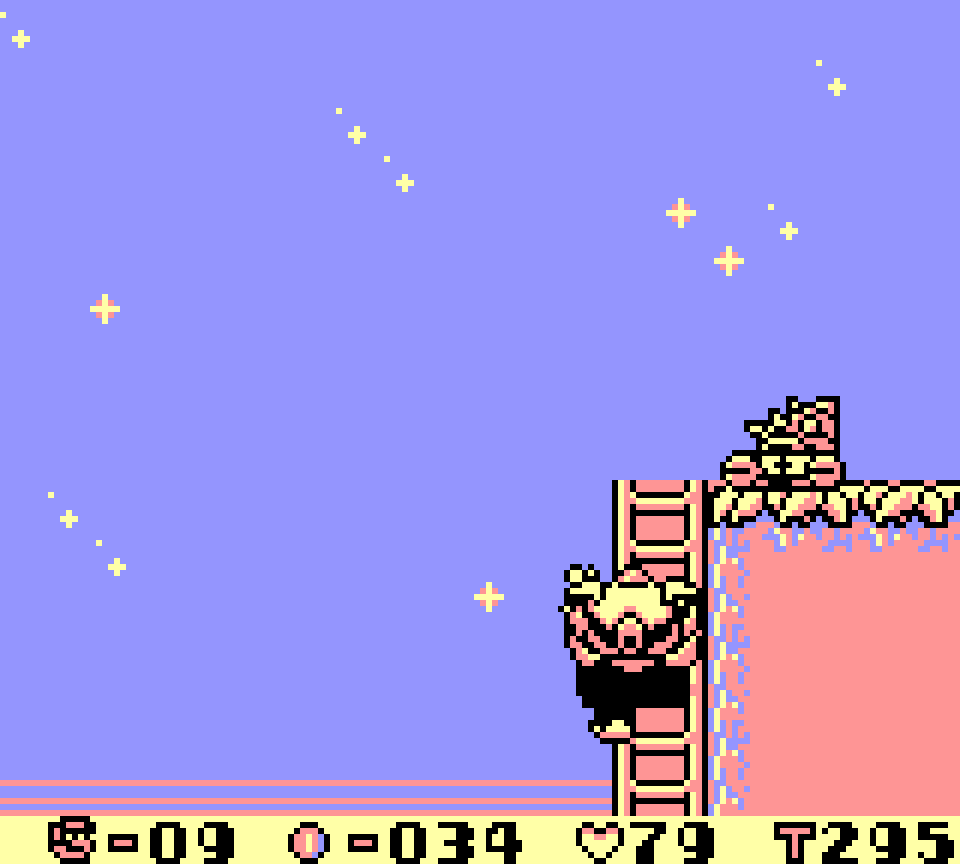29. Course No. 19
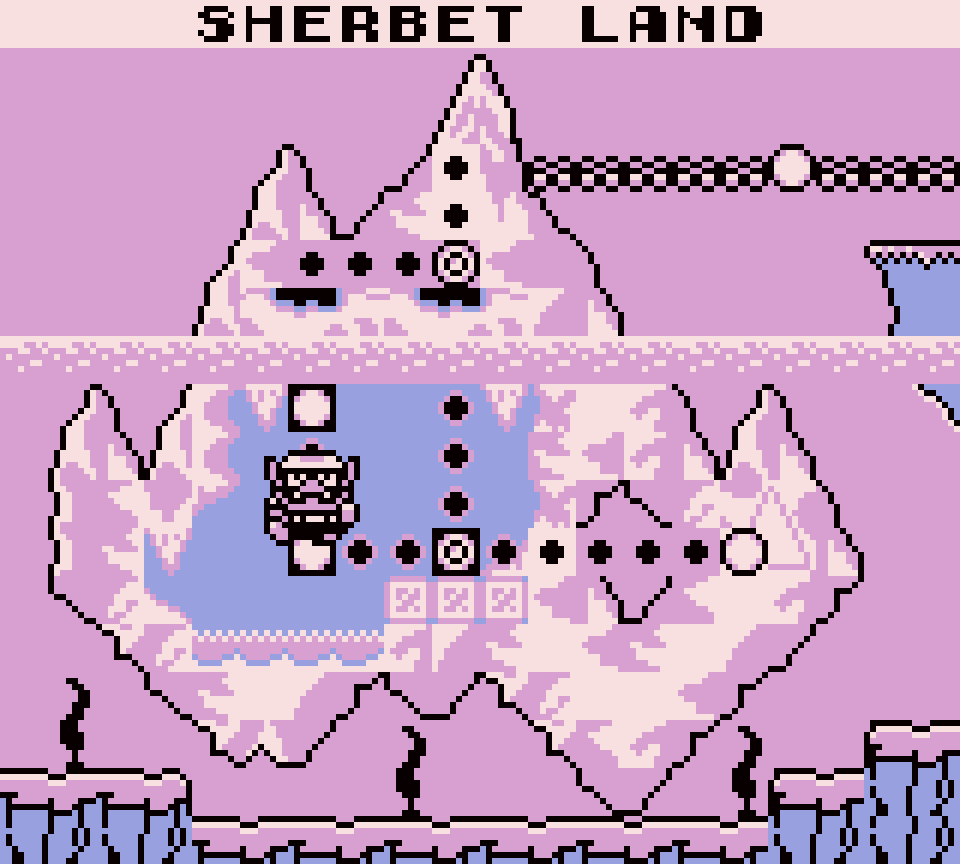
This level presents itself as an increased challenge, which would be fitting for the boss level, but it’s pretty weak. The most interesting, & only truly unique, room has you dodging slow-moving spiky stakes underwater; but I found the hermit crab enemies @ the end harder to dodge. & it’s not as if dodging moving spikes underwater is exciting.
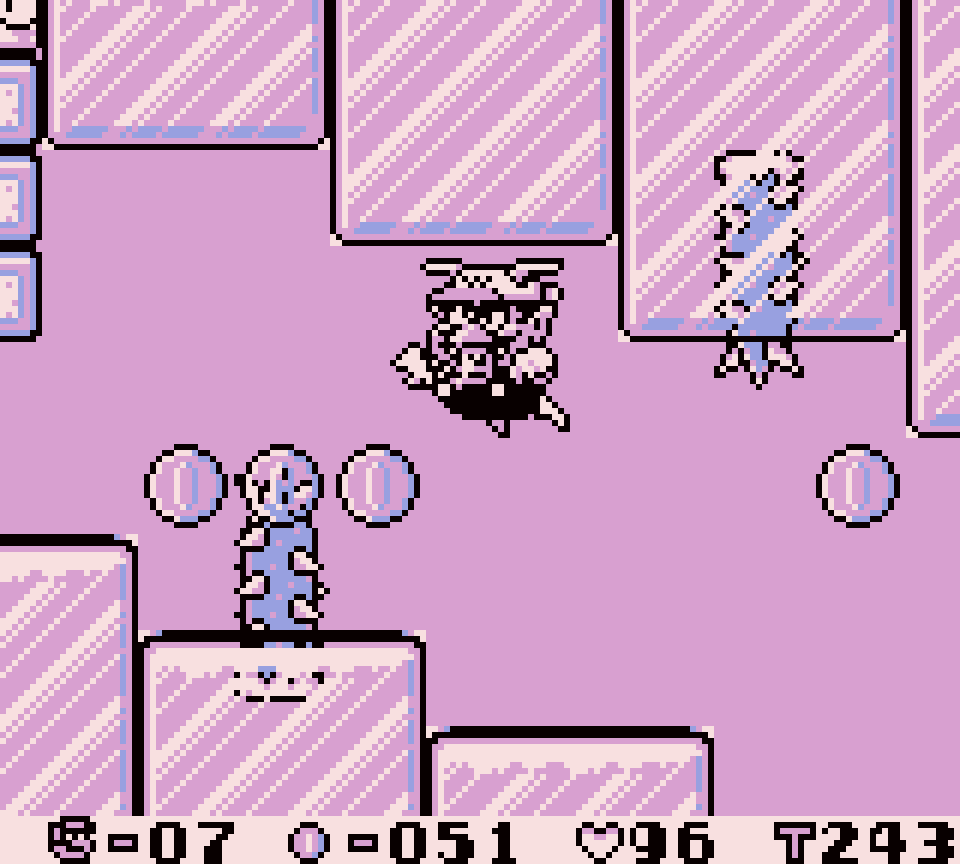
Before this you have a long repetitive snaking path down a room full o’ Pirate Gooms o’ all enemies & before that you have an underwater section full o’ laughably useless pelicans & hedgehogs, the latter o’ whom are mostly @ the bottom o’ the lake, & thus easy to ignore. It’s not just that these rooms are easy: they’re also boring & repeat elements done before without any real twists to differentiate them.
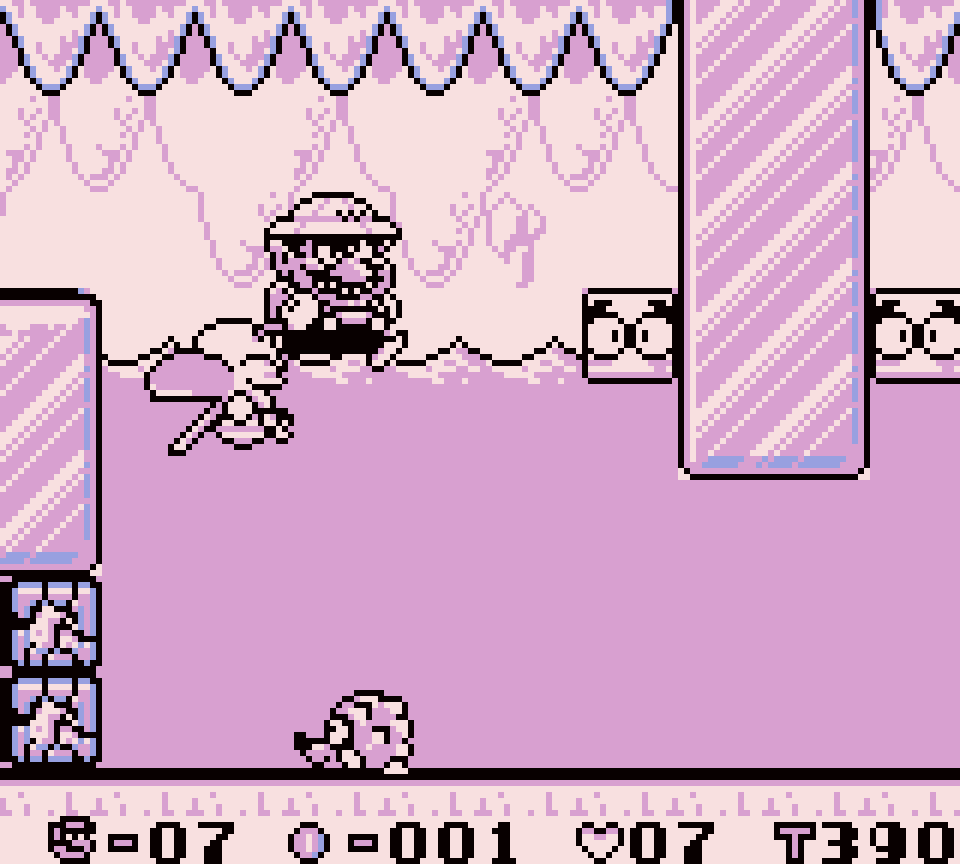
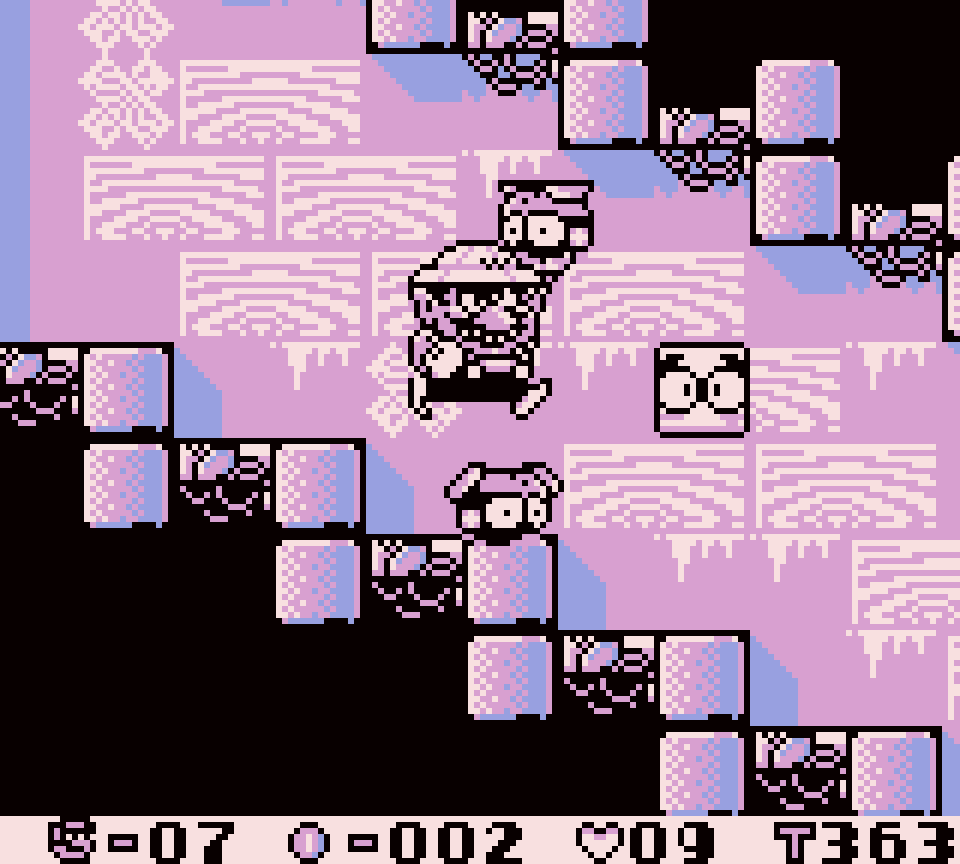
As a kicker, you can just skip the boss & enter the door ’hind where it starts. This is probably ’cause they designed this boss to be impossible to hit if small or dragon, as you can only hit it by bonking it on the head & can only remove the spike helmet it wears after the 1st hit by charge-attacking it. Considering your only reward for actually putting effort into defeating the boss is barely mo’ coins than you get for hitting crabs for a few minutes in course no. 6 & you have the risk o’ dying & having to go thru half o’ this boring level ’gain, there is no reason not to just take the door.
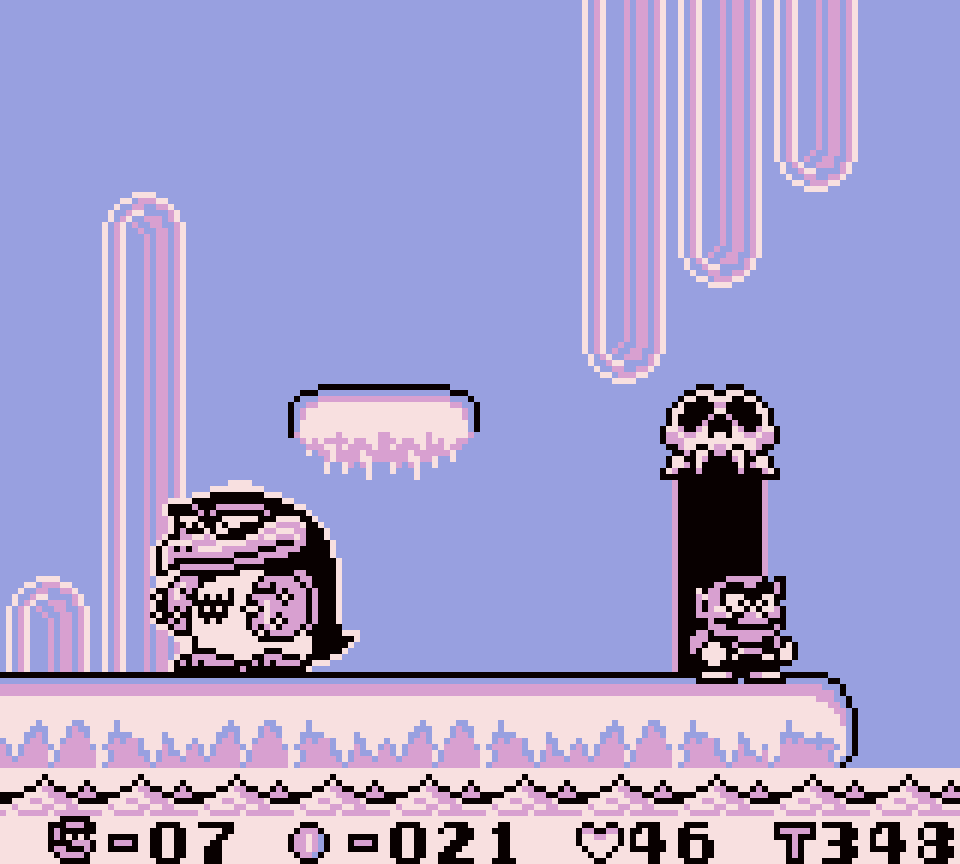
28. Course No. 32
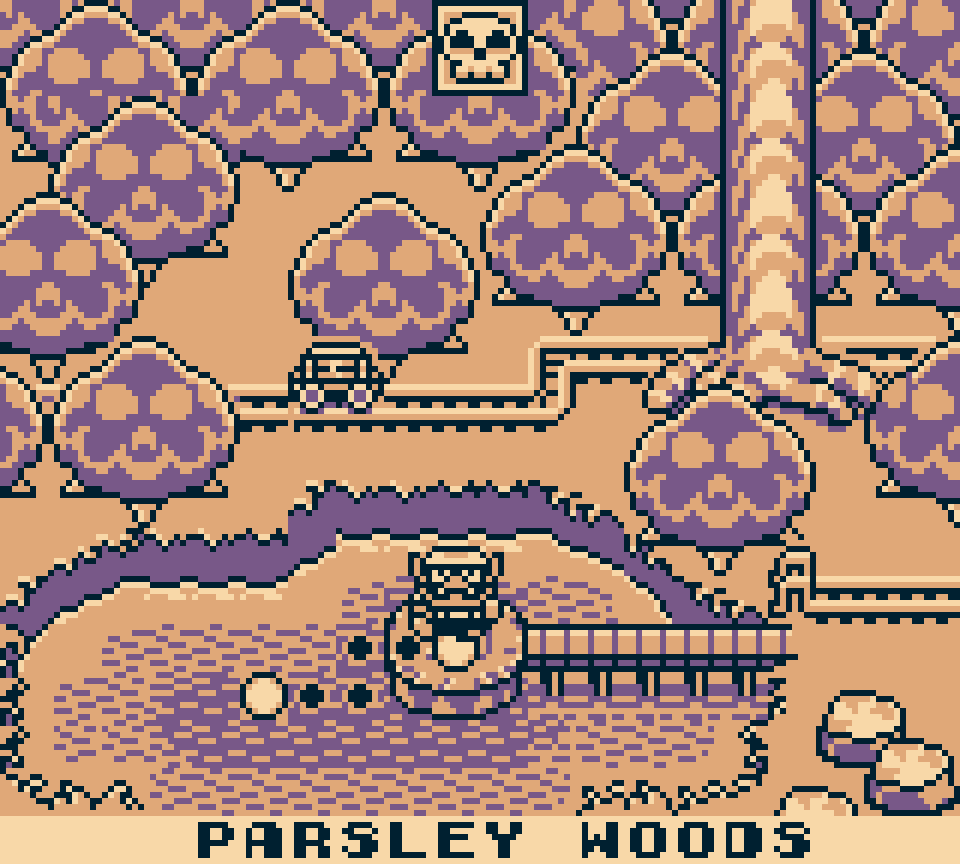
A weaker repeat o’ course no. 23 way back in “Stove Canyon”, a basic series o’ moving mine carts you have to ride & jump off & on while dodging diving birds. By this point o’ the game you’ll have experienced this kind o’ platforming many times.
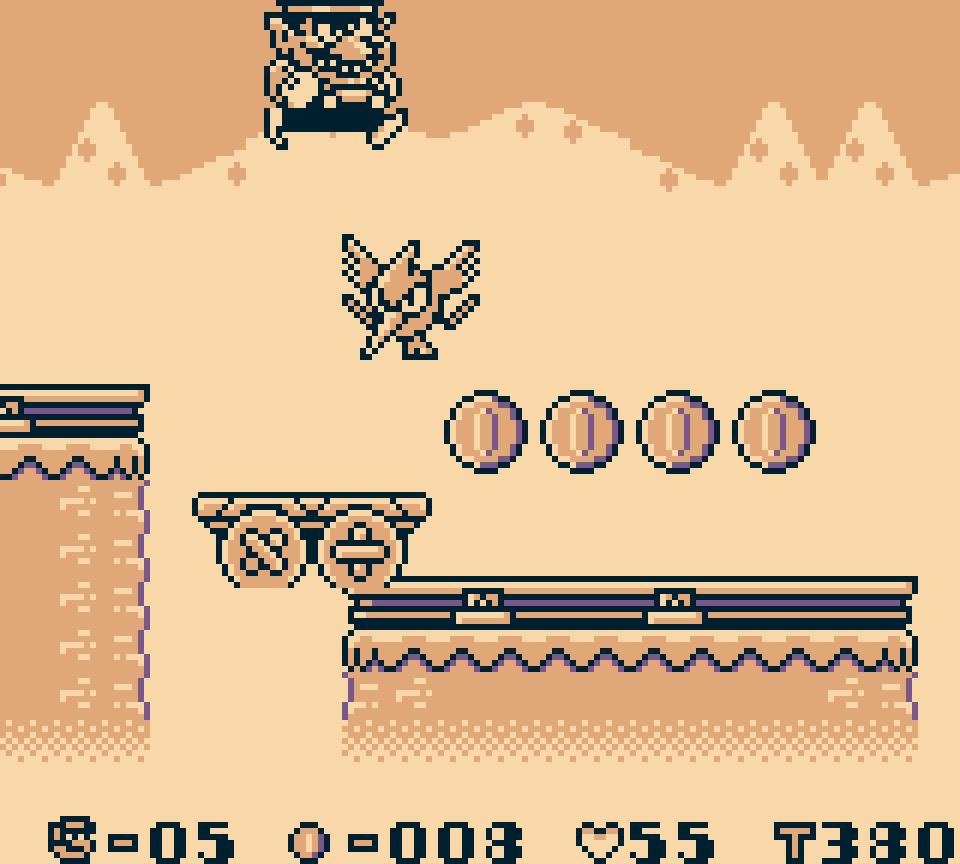
This level tries to differentiate itself with the twist o’ making you jump o’er blocks in your way & follow the mine cart so it doesn’t leave you behind — tho course no. 23 already hinted @ this with its use with bonus coins — & ending with yet ’nother lake full o’ mines, the latter o’ which is neither new nor fits in with this level or theme, but neither o’ these are ’nough to make this level stand out. Still, it’s a competently composed level.
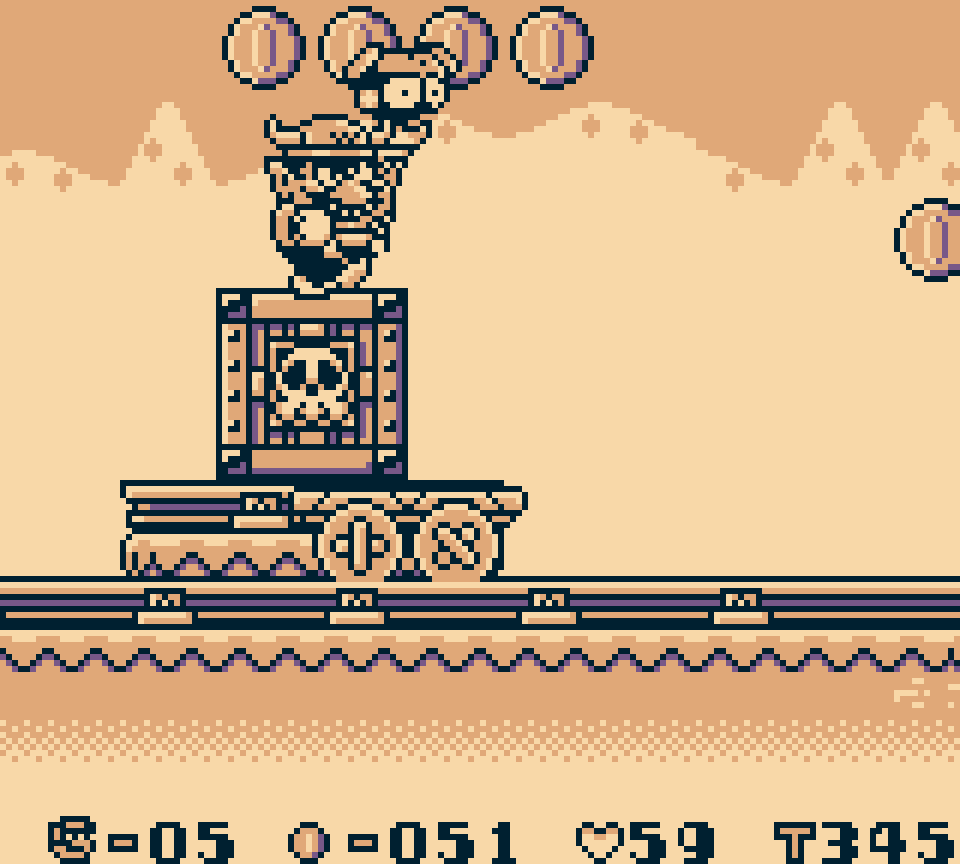
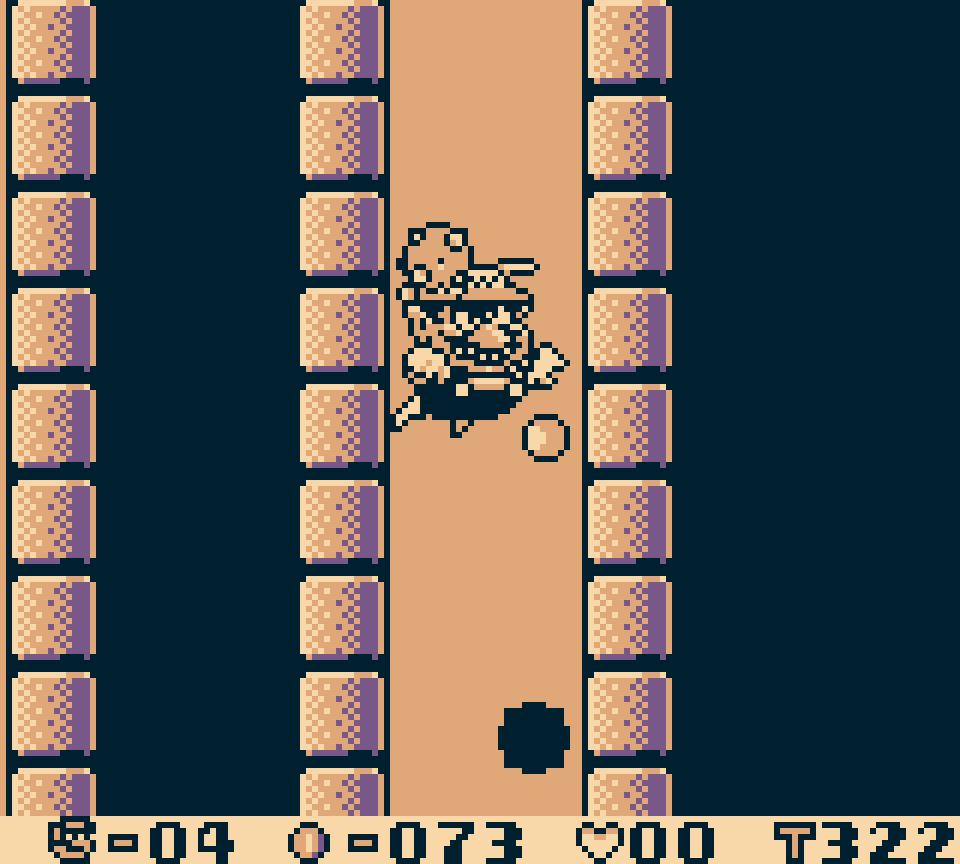
27. Course No. 26
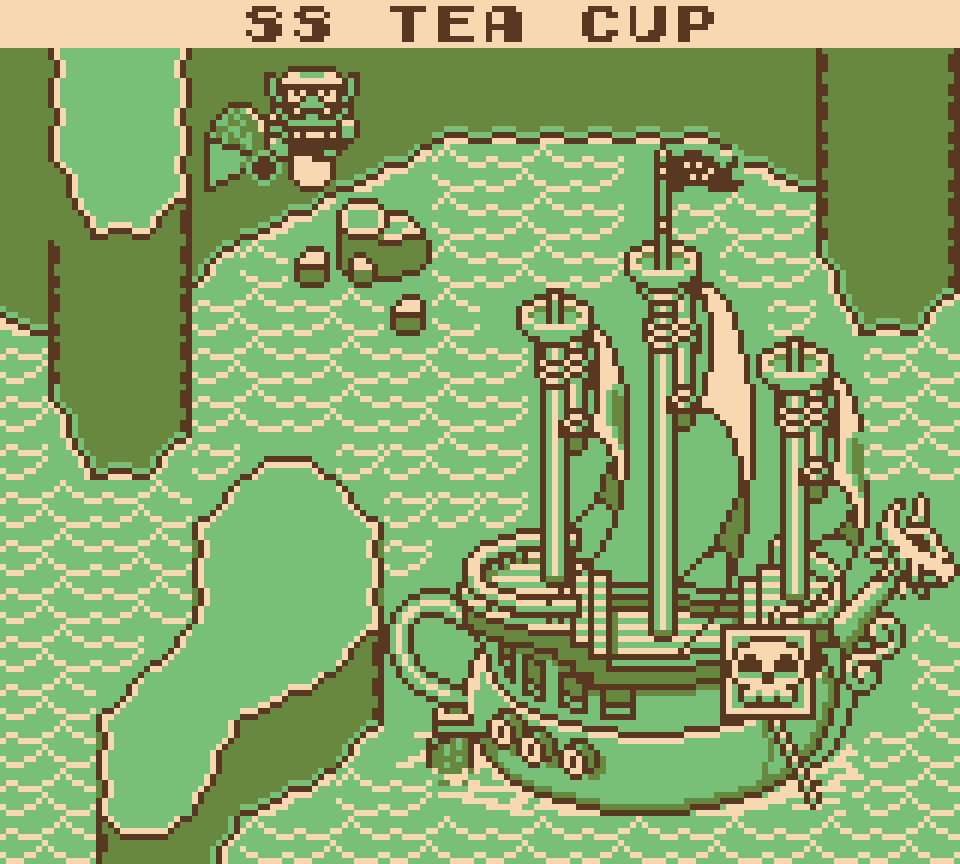
In a game that has trouble keeping its levels coherent, this level is the worst example: nearly e’ery room seems to have a different tileset. ¿Is this a forest level? ¿An underwater cove level? ¿A pirate ship level? This would be fine if the rooms were interesting themselves, but they’re remarkably weak. It says something when a falling giant rolling apple in an otherwise sparse room with just Munchers & a Pirate Goom is the most interesting part. Surprisingly, this room is in the middle o’ the path to the key, not the exit room, which instead introduces crocodiles who leap out o’ the water when you get near them, which are basically mo’ easily-telegraphed Bō, despite coming after the world full o’ Bō.
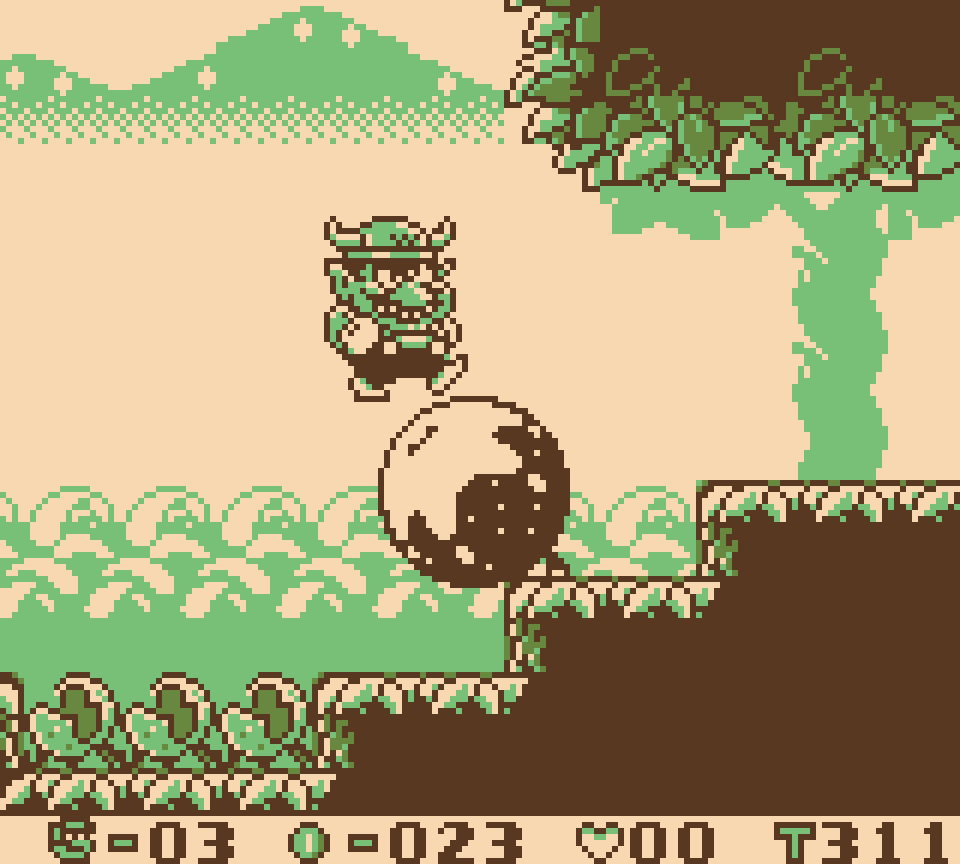
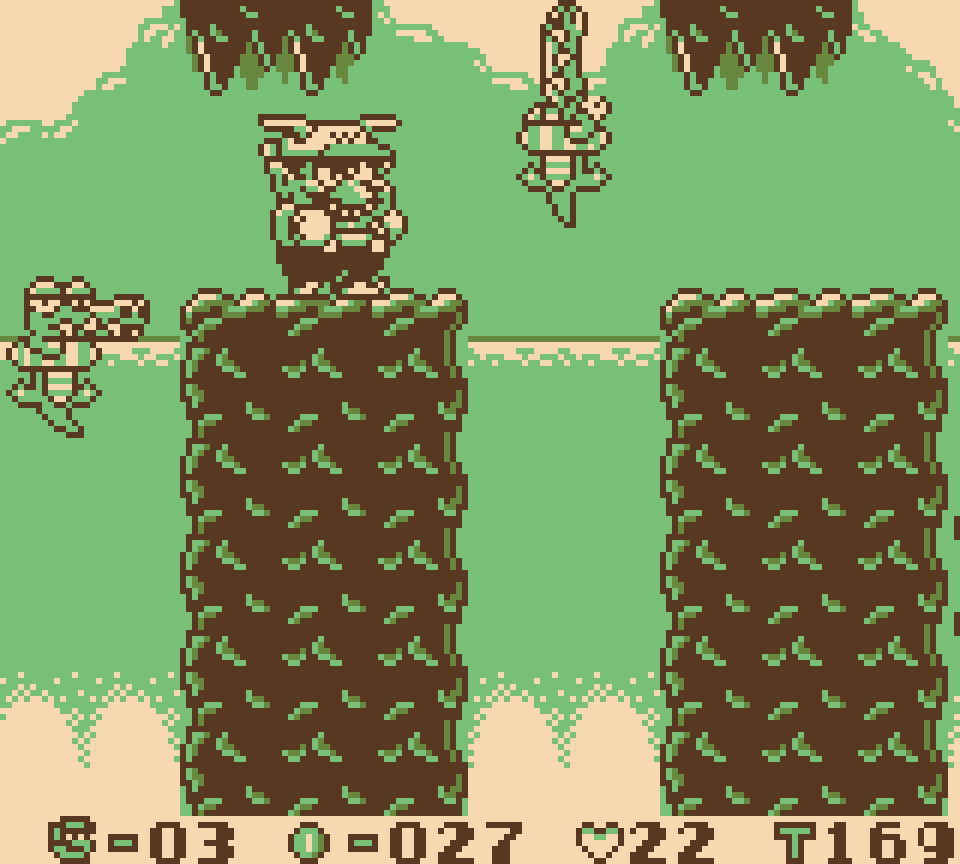
& the “puzzles” that lead to the key are lame. The door to the key room is just hidden ’hind cracked blocks in a room full o’ cracked blocks, & it’s the most obvious cracked blocks in the upper right. The next room is just empty till you hit a switch, which fills that room with water, which you use to swim up an empty vertical passage. ¿What’s the point o’ this section? This game has used switches to make the water level rise & fall a few times before this level, & they were all mo’ intricate than this. ¿Did they forget to put enemies in this room? ¿Not e’en the e’er-present mines? As it stands, hitting the switch is just an extra task you have to do & it’s located in a obvious place, ’hind the doorway on the right side o’ the pirate ship room, which is the natural next destination from the entrance.
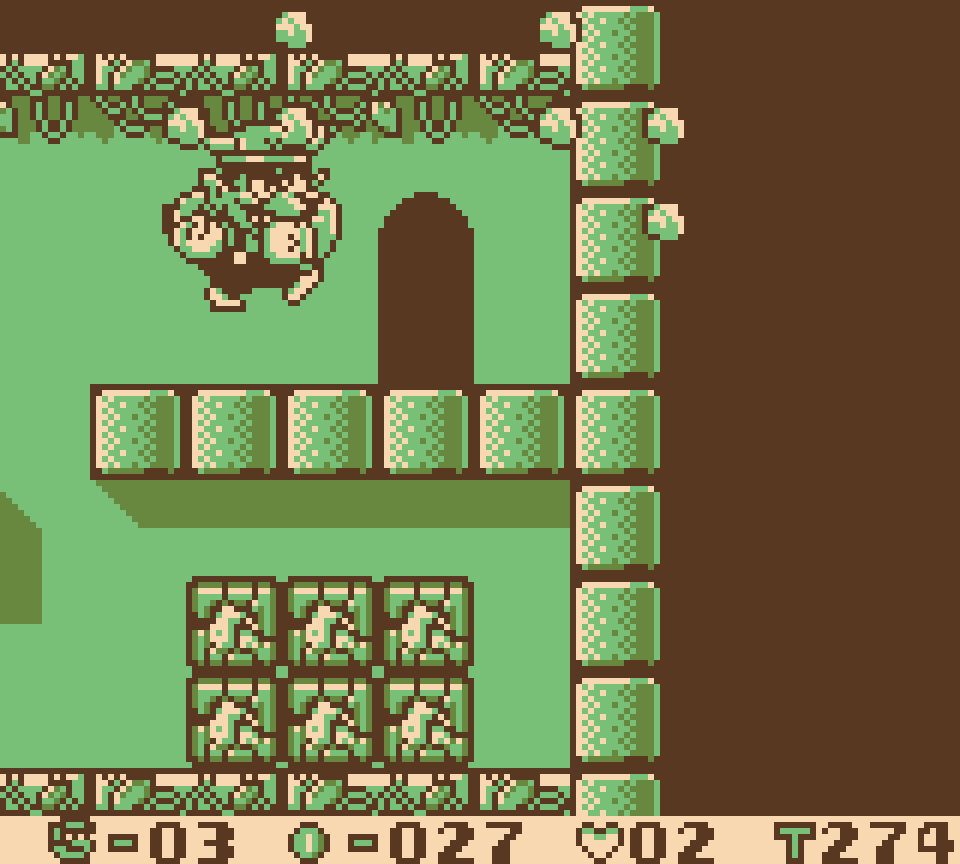
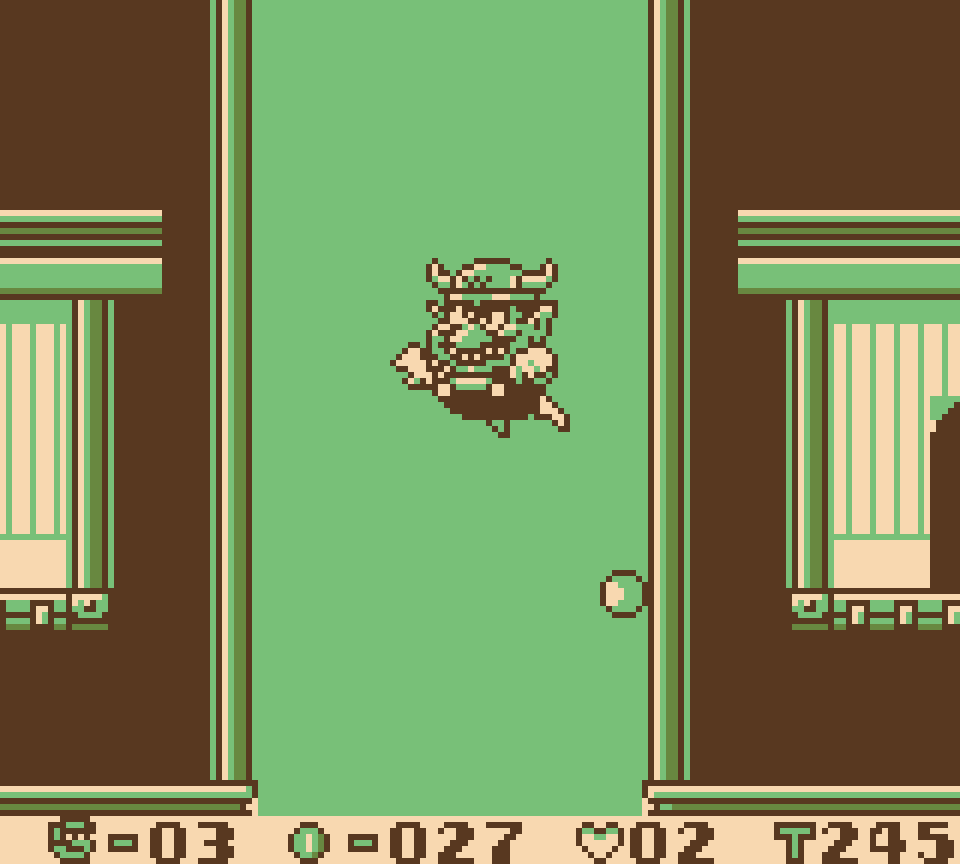
I will praise this level for having its split key path kind o’ clever. Having what would be an otherwise suspiciously simplistic level split off in the middle makes sense, & I like the way they subtly hint @ where the split path is with the very suspicious already-used block, which would be completely pointless if it didn’t lead to anything.
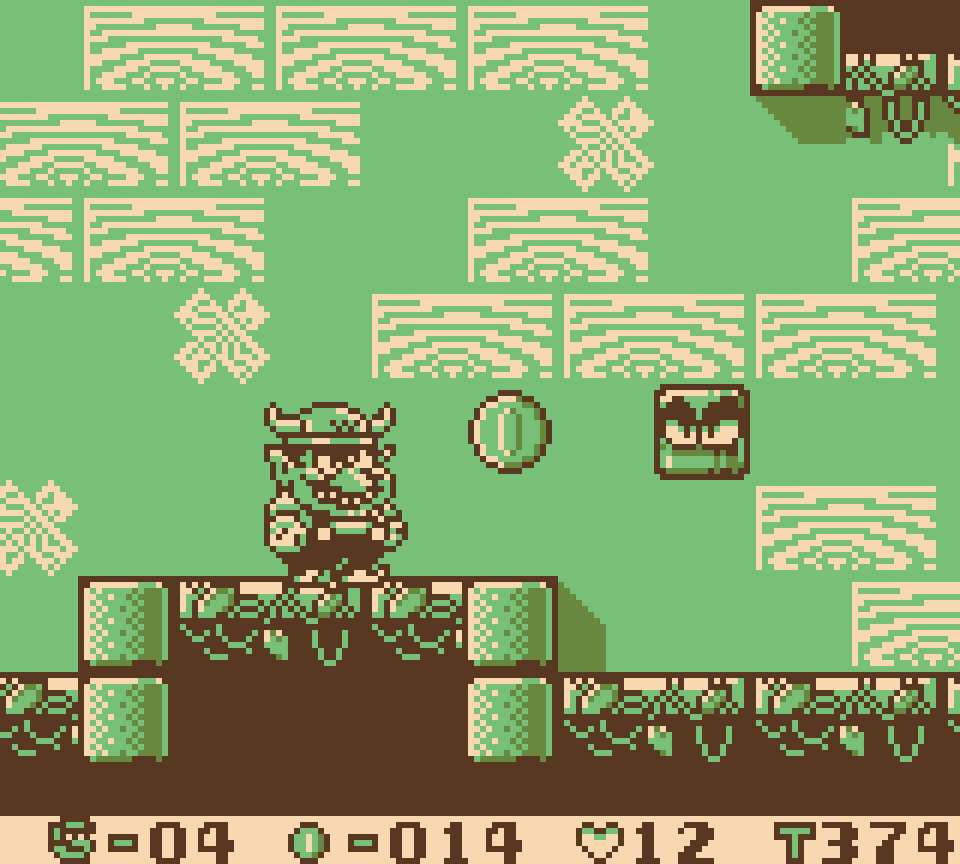
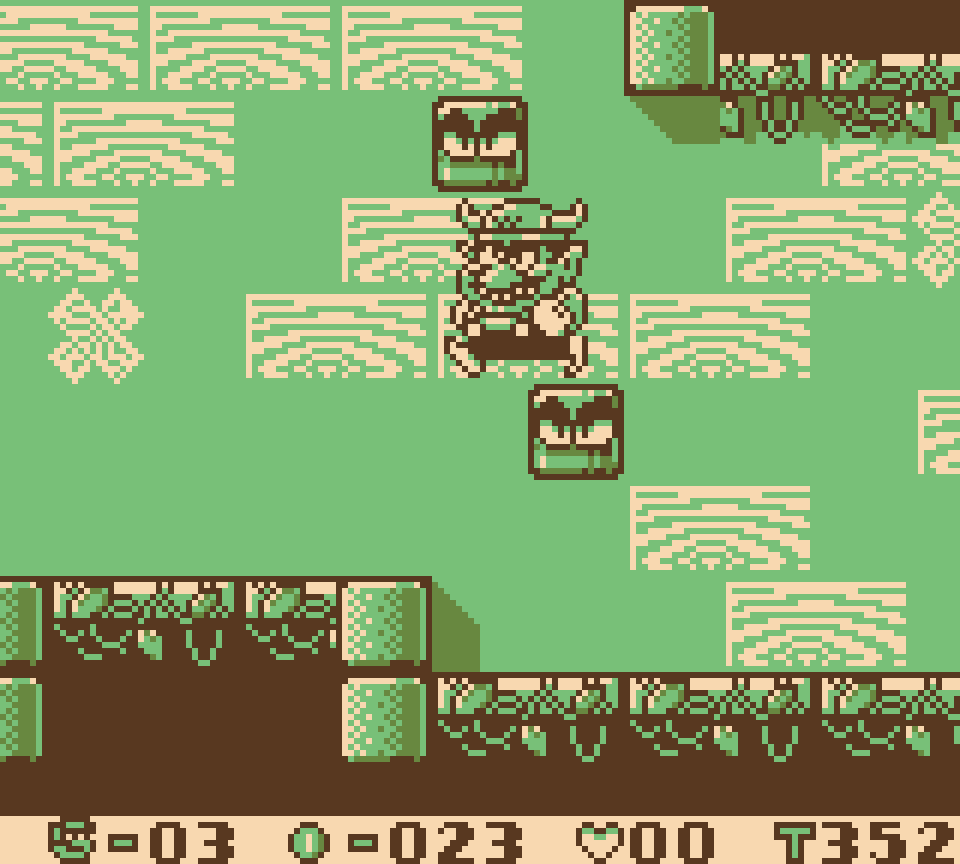
26. Course No. 02
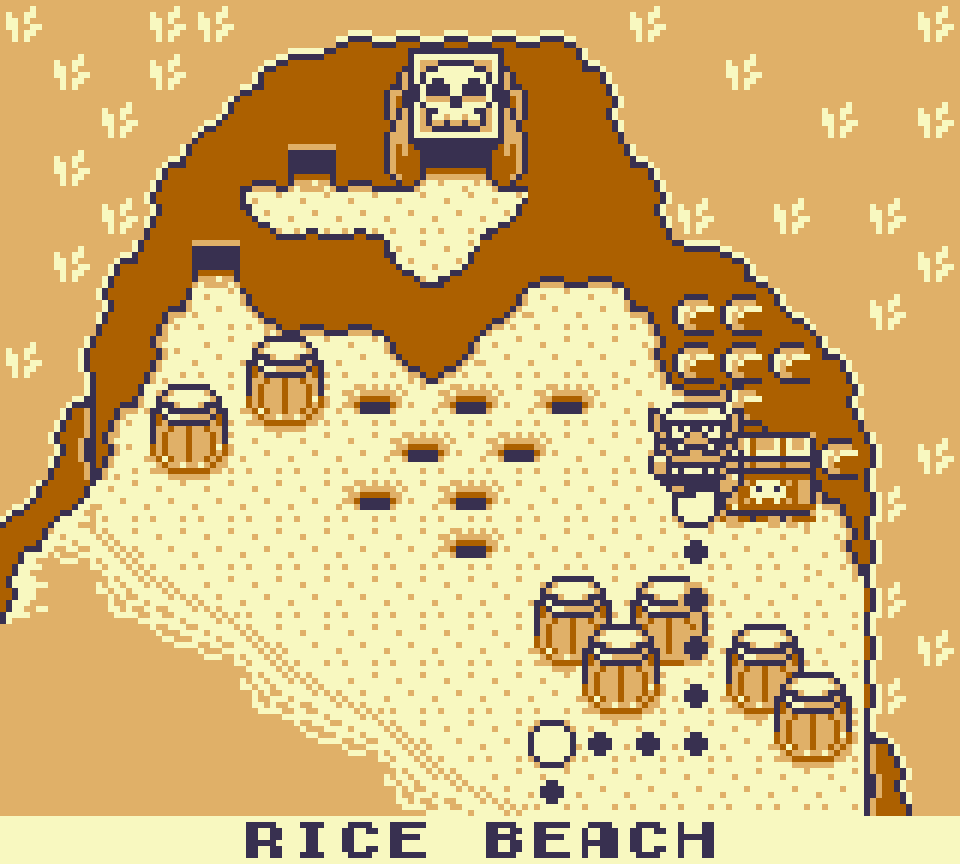
This level’s strongest element is the combination o’ appearing & disappearing platforms & the bouncing spike enemy, — known as “Togemaru” in Japanese media — who sometimes lands on the platforms, sometimes falls thru it, depending on its state. This subtle difference that’s hard to pay attention to seems a bit too challenging for only the 2nd level, howe’er, & these elements don’t really fit the beach theme.
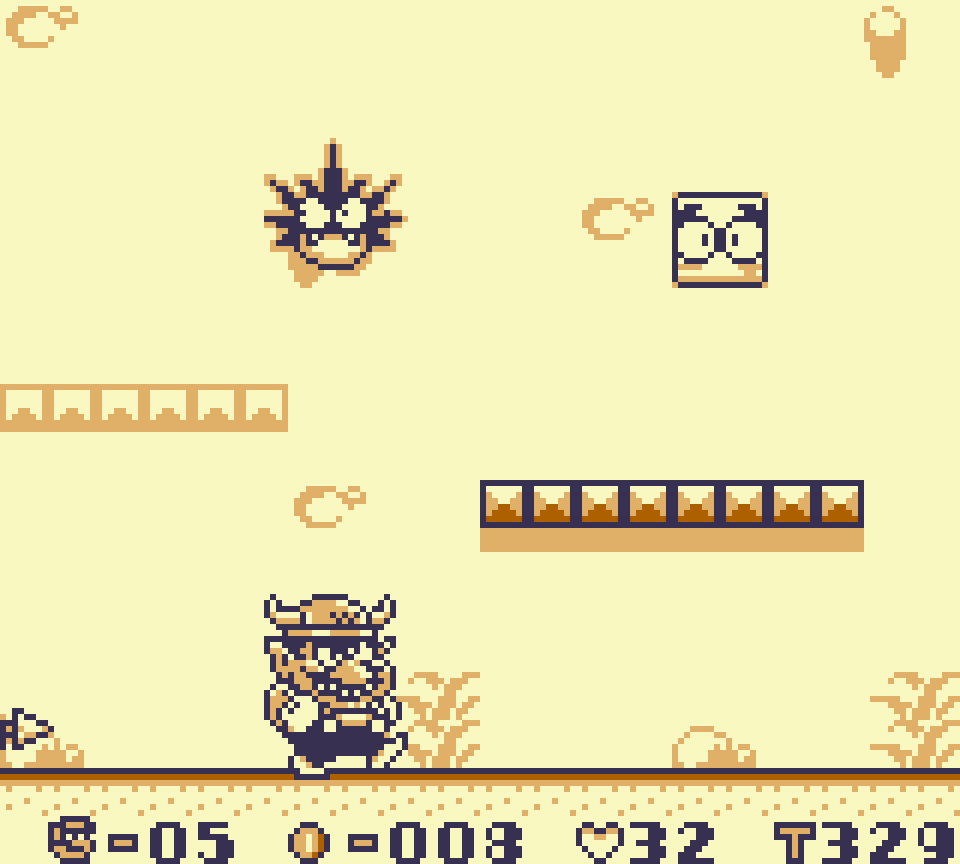
The same could be said for the room up top that introduces Pouncers, which, to be fair, is so well hidden that most players probably won’t go thru it anyways. Especially the last Pouncer, which is a gotcha trap: you might think you can squeeze in ’bove, but you’ll get trapped & killed. All o’ this is for just a series o’ appearing & disappearing platforms that give you barely any time to go thru them & they only reward you with coins & 2 whole hearts @ the end. As a comparison, Wario Land 3’s level with appearing & disappearing platforms — which are slower, mind you — was, fittingly, 1 o’ its hardest levels.
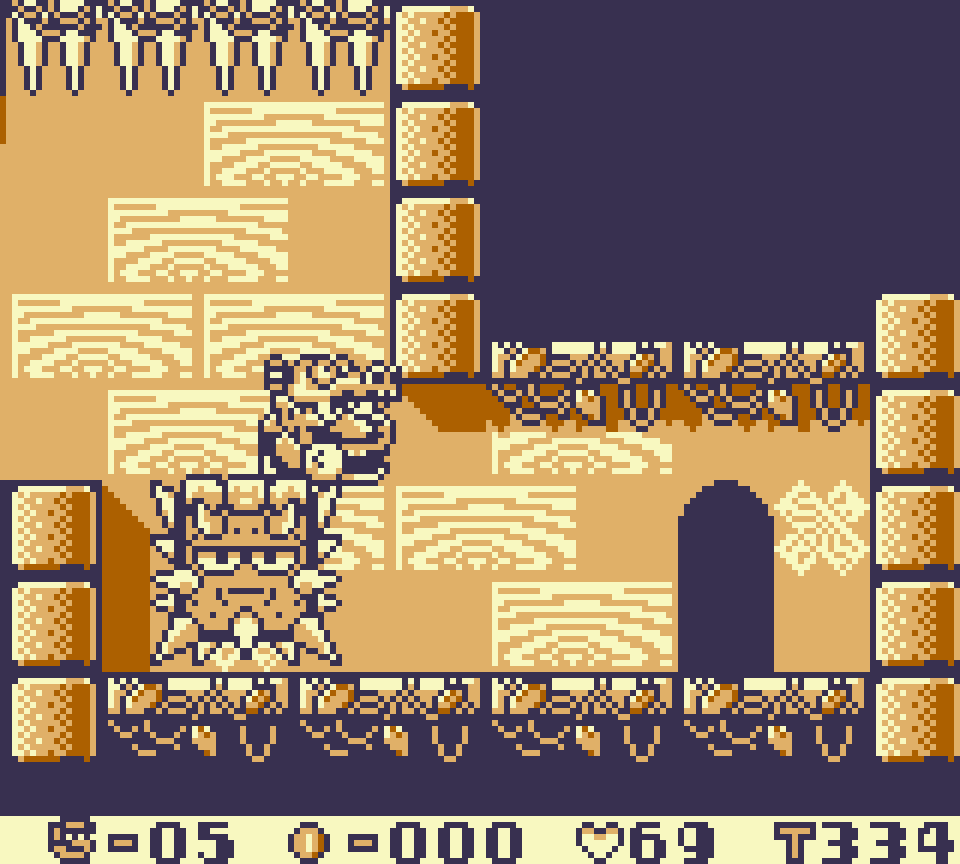
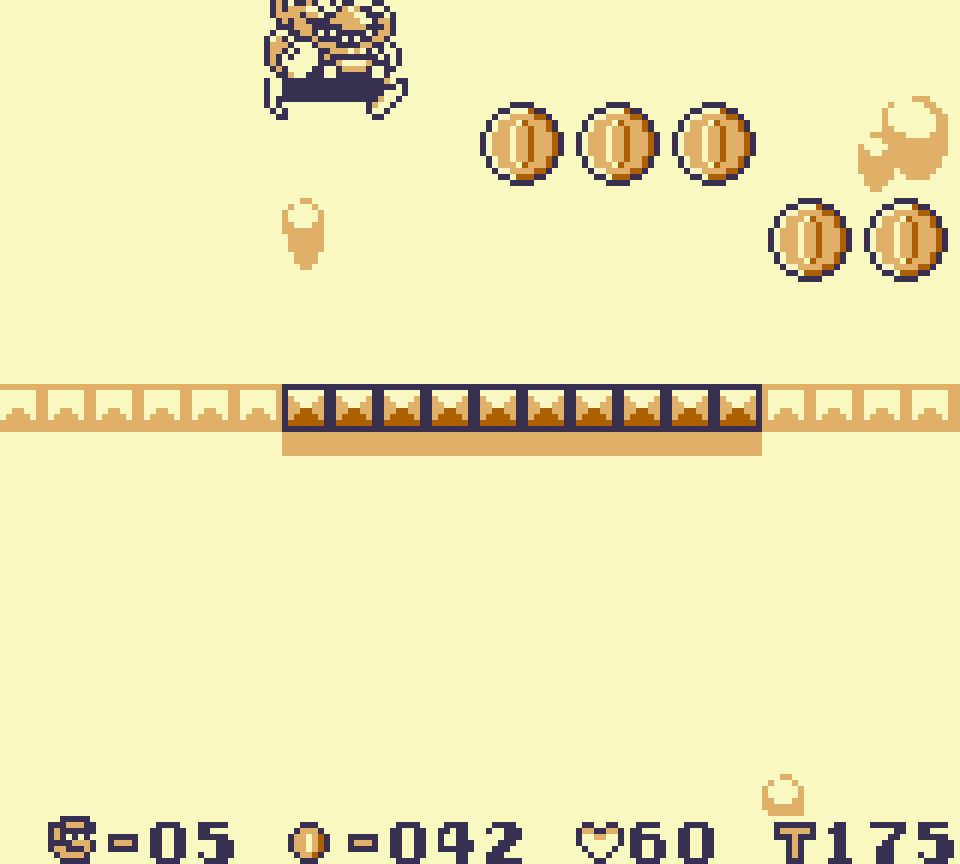
& with how this world floods some o’ its levels later, it feels like a waste to introduce water sections in random water sections here. I know they’re here to tutorialize the dragon powerup, but they could’ve held back on introducing that powerup. It’s not as if the rest o’ this level suffers with just the bull powerup, & this level is crowded with mechanics. In general, this would be a much better level later in the game, but makes an odd choice for the 2nd level.
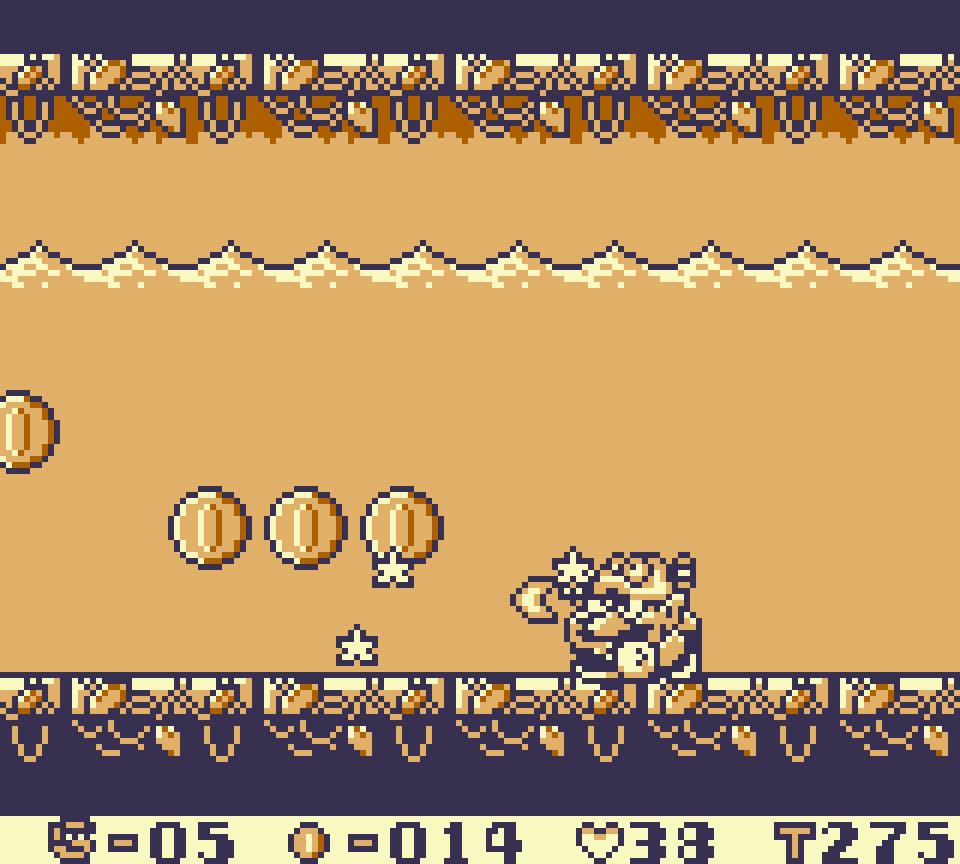
25. Course No. 04
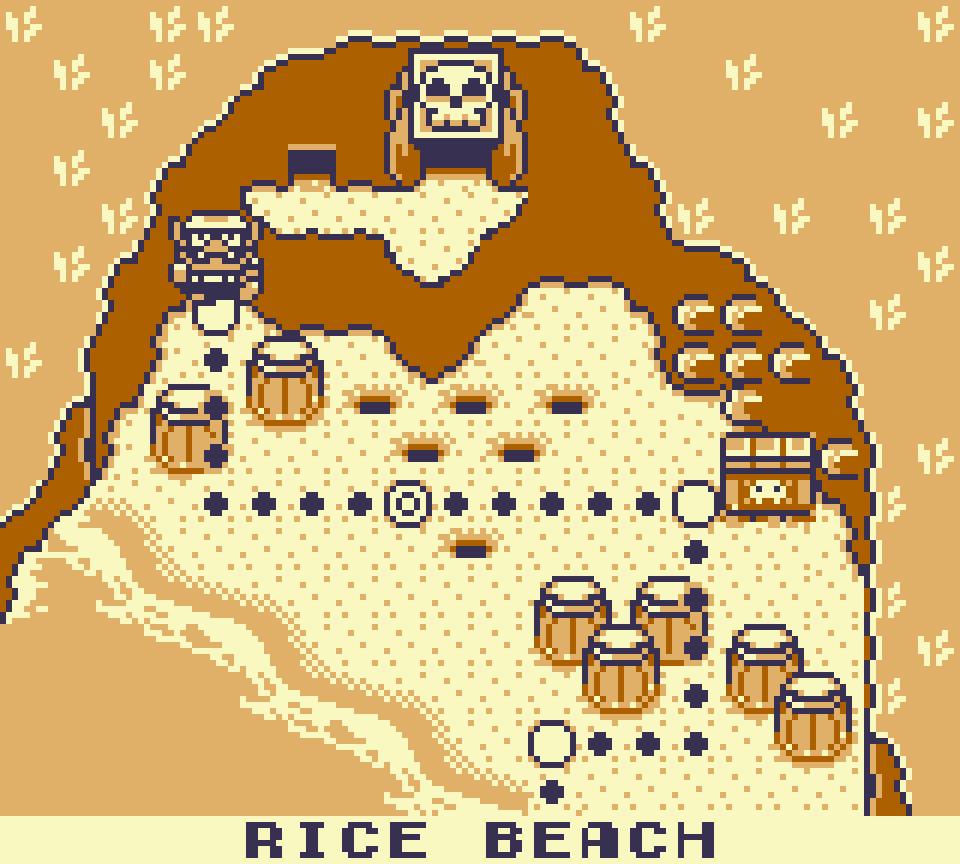
This is 1 o’ the few levels I truly remembered from the past times I’ve played this game, & it’s easy to see why with its clear gimmick o’ the Pouncer chasing you thru the level.
Unfortunately, being memorable doesn’t mean the level is good. The sections where you’re just slowly breaking thru blocks — which is twice as slow if you’re regular Wario — go on way too long & you’re ne’er in danger o’ the Pouncer catching up, e’en if you’re regular Wario, ’less you’re screwing round. There are 2 long sections o’ this with no variations beyond a few item blocks you can also charge attack.
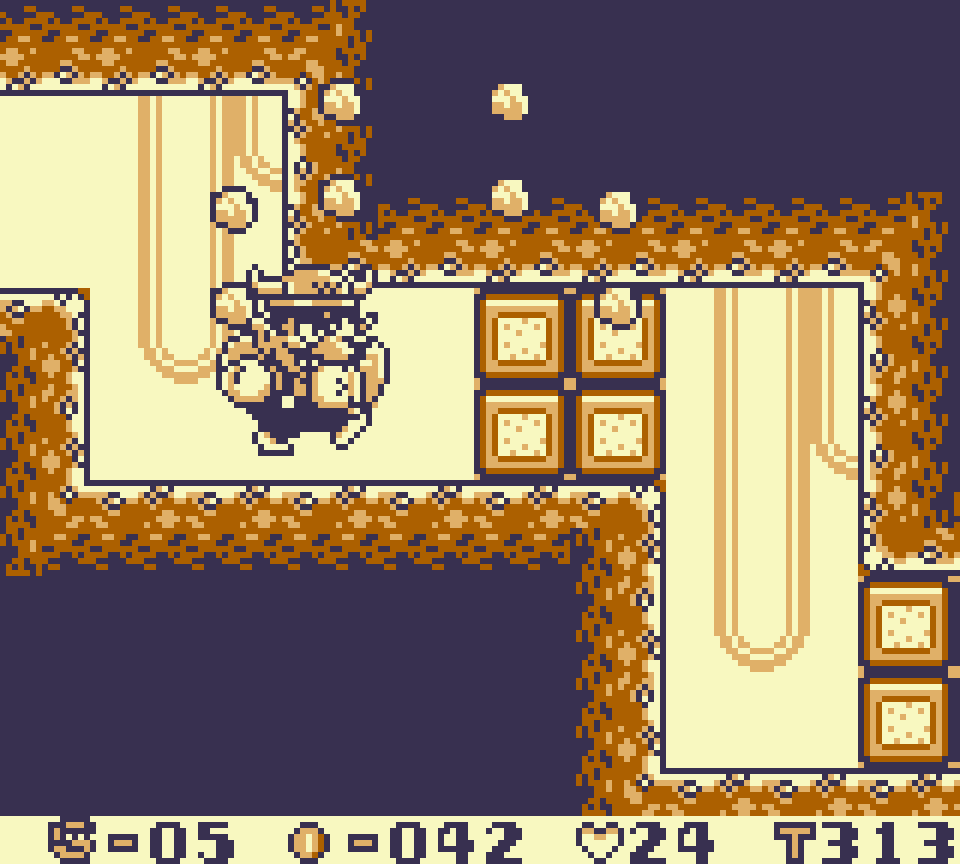
After the 1st block-breaking section you have to jump out o’ the way & just wait for the Pouncer to catch up — which can take several minutes if you’re Bull Wario — so you can ride it o’er lava in what is essentially an autoscroller. This section is not only slow, but also cheap & unfair: there is a power-up block halfway thru that I swear is impossible to get & live. Not only will you almost certainly get hit by the Demon Bat if you try to go @ it from the right & get knocked back into the lava, but e’en if that doesn’t happen, by the time you get the power-up, the Pouncer will have outpaced you so much that you can’t reach it anymo’ & can do nothing but jump into the lava & accept death.
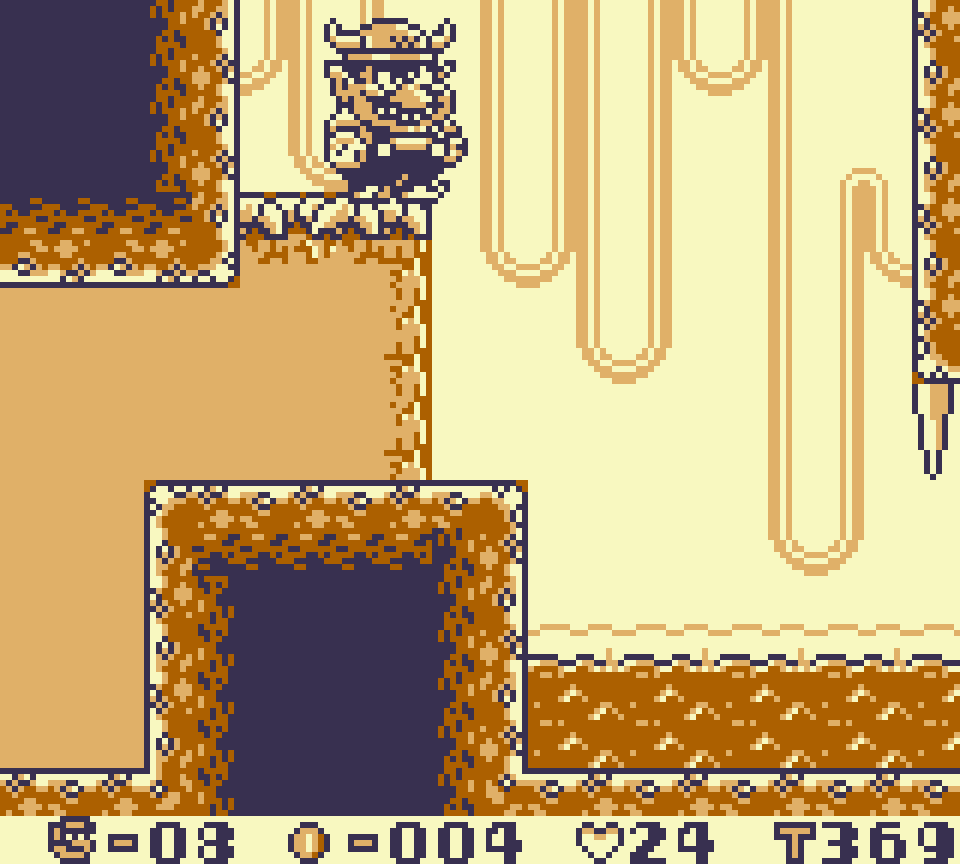
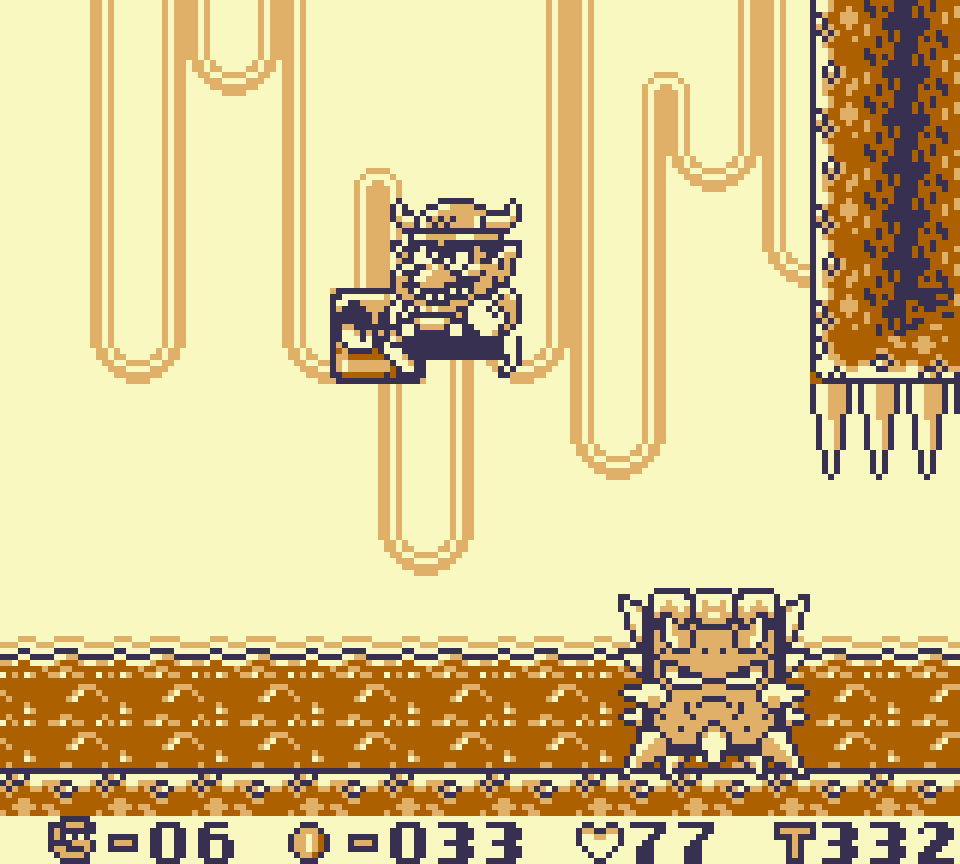
There is 1 cool area @ the very end where you can toss a Pirate Goom under a regular up-&-down Pouncer & crush it into a 10 coin, helpfully tutorialized by having the 1st Pirate Goom positioned to go under it just as it’s falling. But this section is so short & has only 1 other Pirate Goom to throw under it.
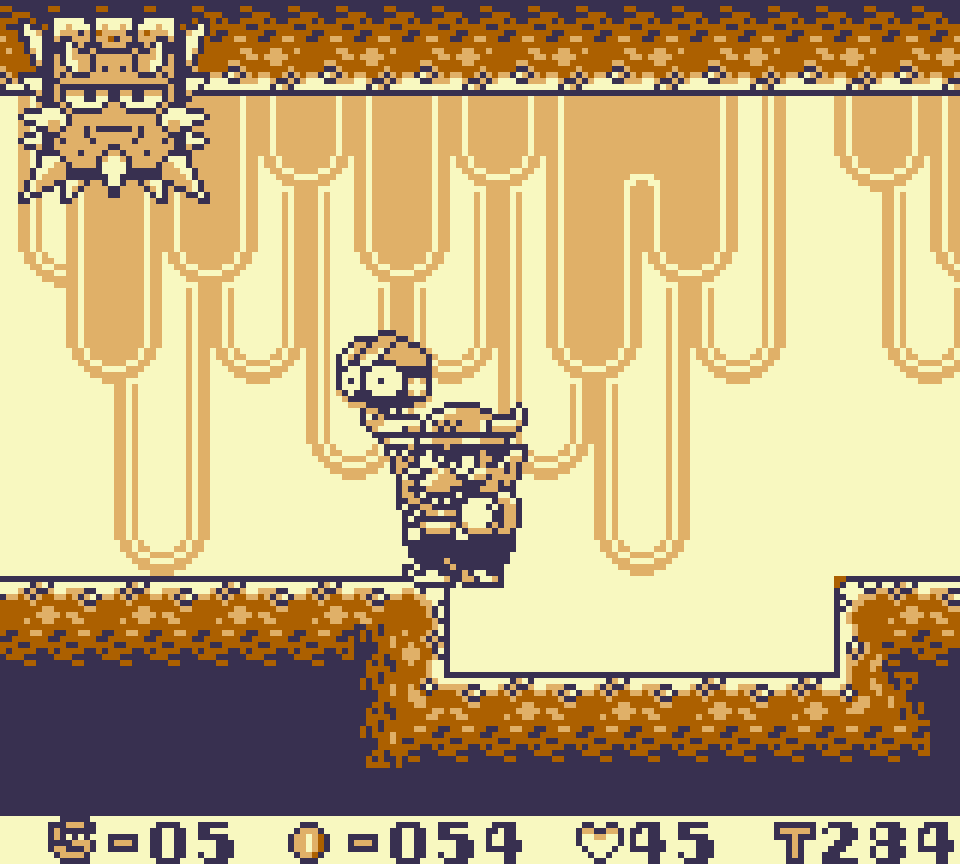
1 thing I didn’t remember ’bout this level is that it’s only the 4th level & in “Rice Beach”, not in “Stove Canyon”. Considering this is a level that takes place in a lava cave, which is the theme o’ “Stove Canyon”, not a beach, it’s easy to understand why my memory slipped on this. What isn’t understandable is why they put this level in the wrong theme & so early in the game.
24. Course No. 10
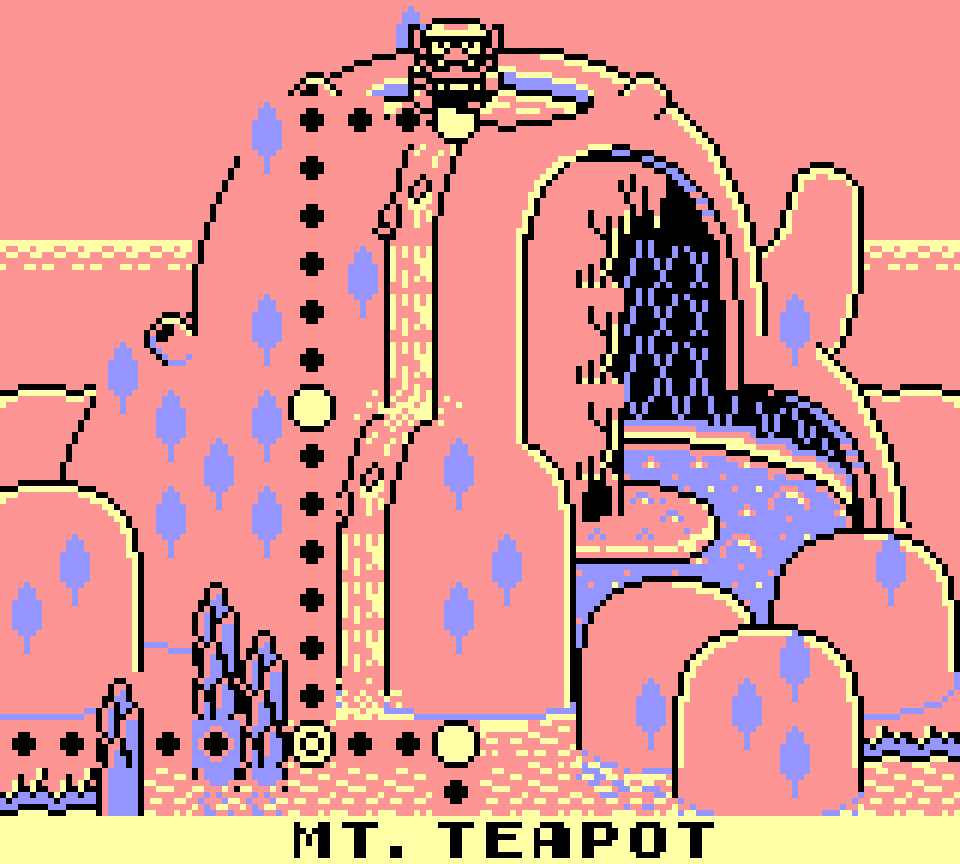
This level is very basic, which is why the developers felt comfy permanently removing access to it a few levels later as Mt. Teapot’s lid falls on the peak & replaces this level with course 13. That’s an interesting mechanic, I’ll say — tho being unable to return to a level is annoying ( specially for gathering screenshots ). But the level layout itself is all just basic river & mountain-climbing areas full o’ the same birds, crabs, & Pinwheels all o’er this game. The Pinwheels are the only enemies that are sort o’ a threat if you venture underwater for the paltry coins they offer; but going after those coins is slow & not worth the time, so you can just ignore them by staying @ the surface. Most baffling is near the end where there’s a series o’ solid blocks underwater with Pinwheels ’tween them. ¿Why would anyone go down there? I guess we could think o’ these as exotic death pits that don’t fully kill you.
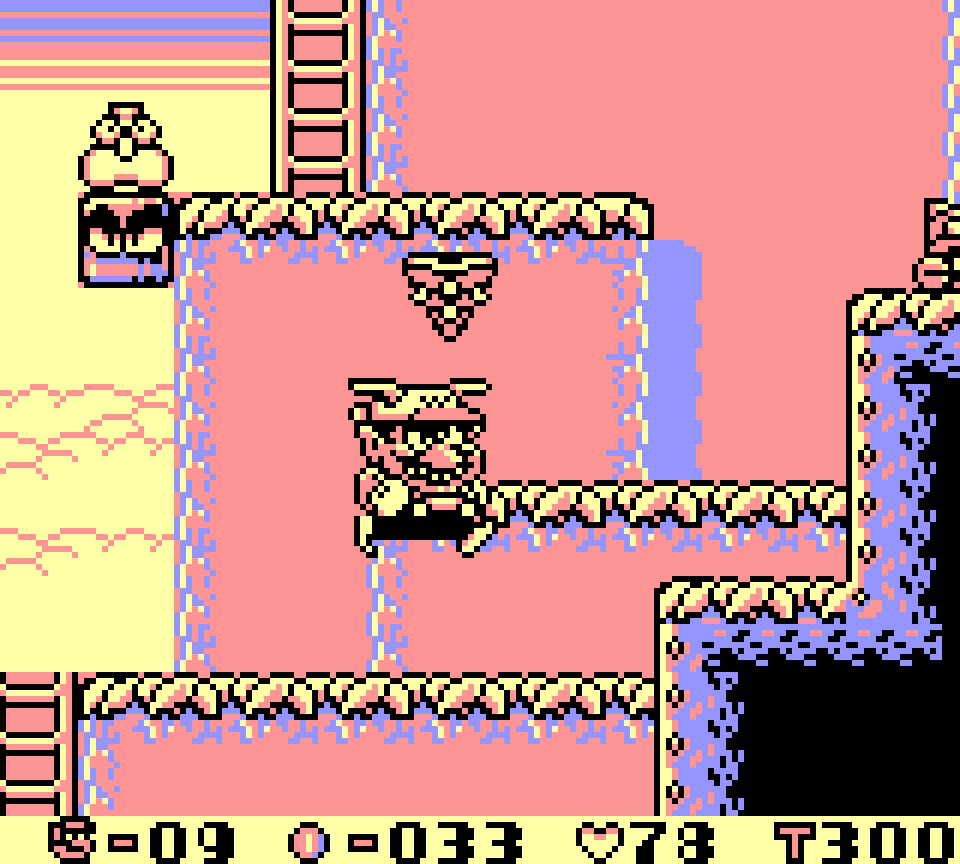
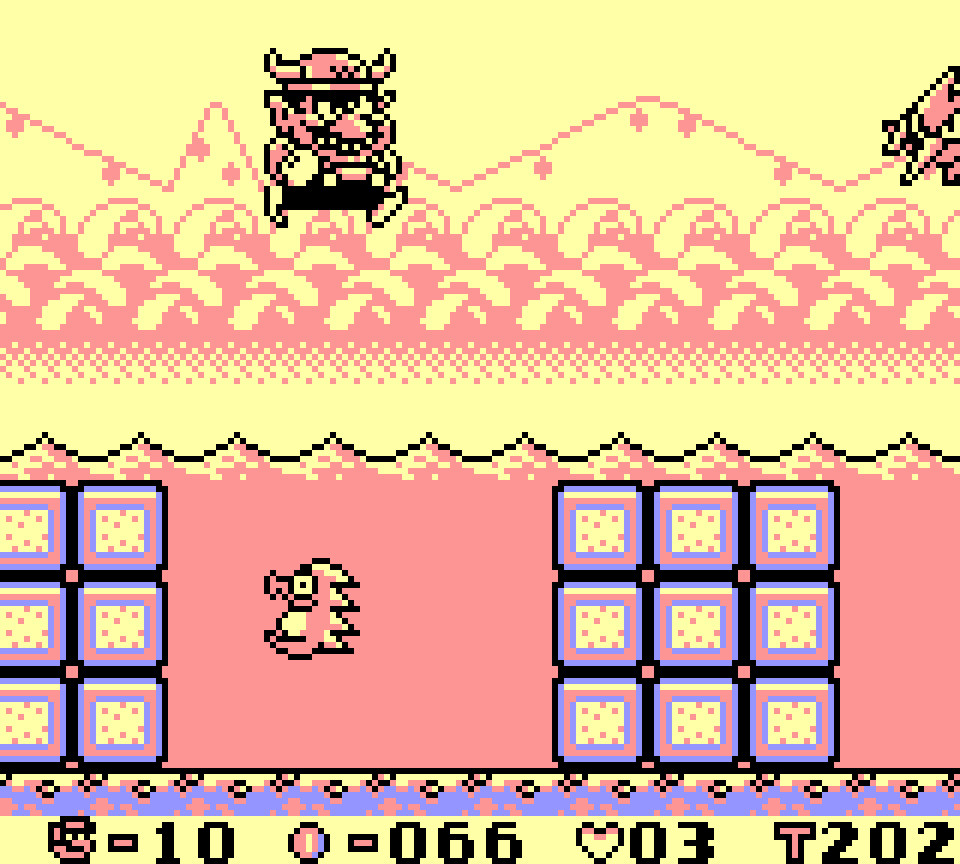
To be fair, they do spice this level up with a few other areas where you can collect some coins, like a spiky coral reef passage that can only be accessed with jet or dragon Wario & ground pounding to open a secret passage with, like, 10 coins & 2 hearts. Like a lot o’ these areas, these would be better if they weren’t so stingy with coins, as these hardly give mo’ than straight paths in some levels.
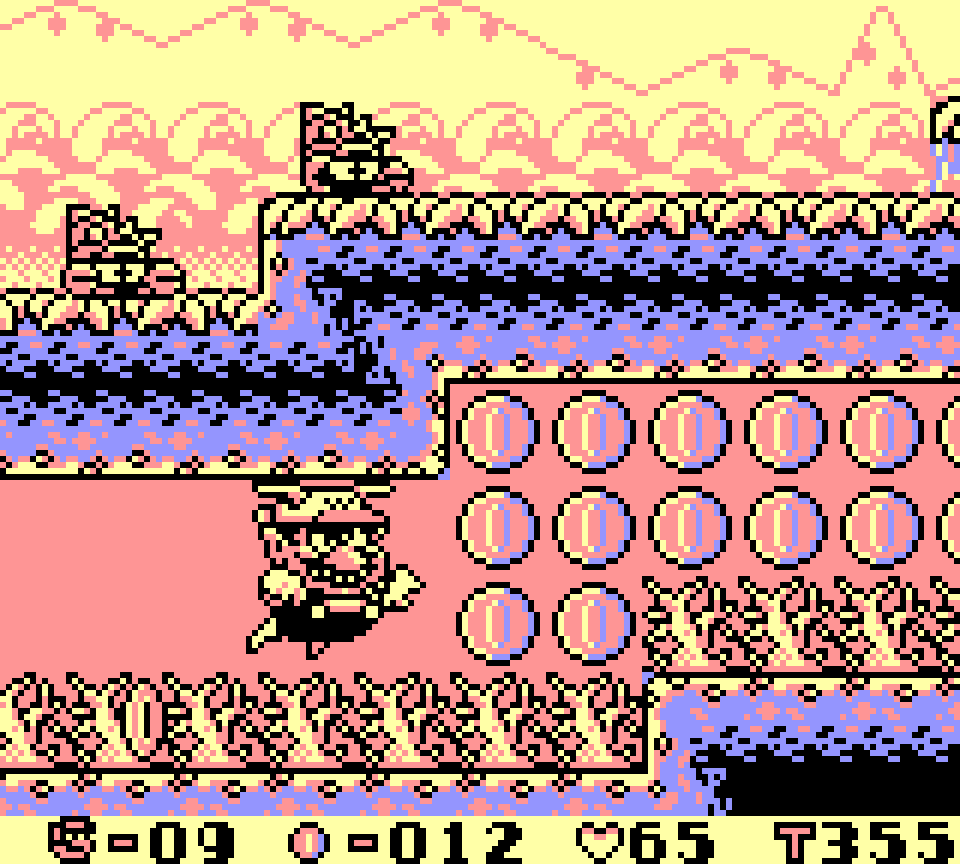
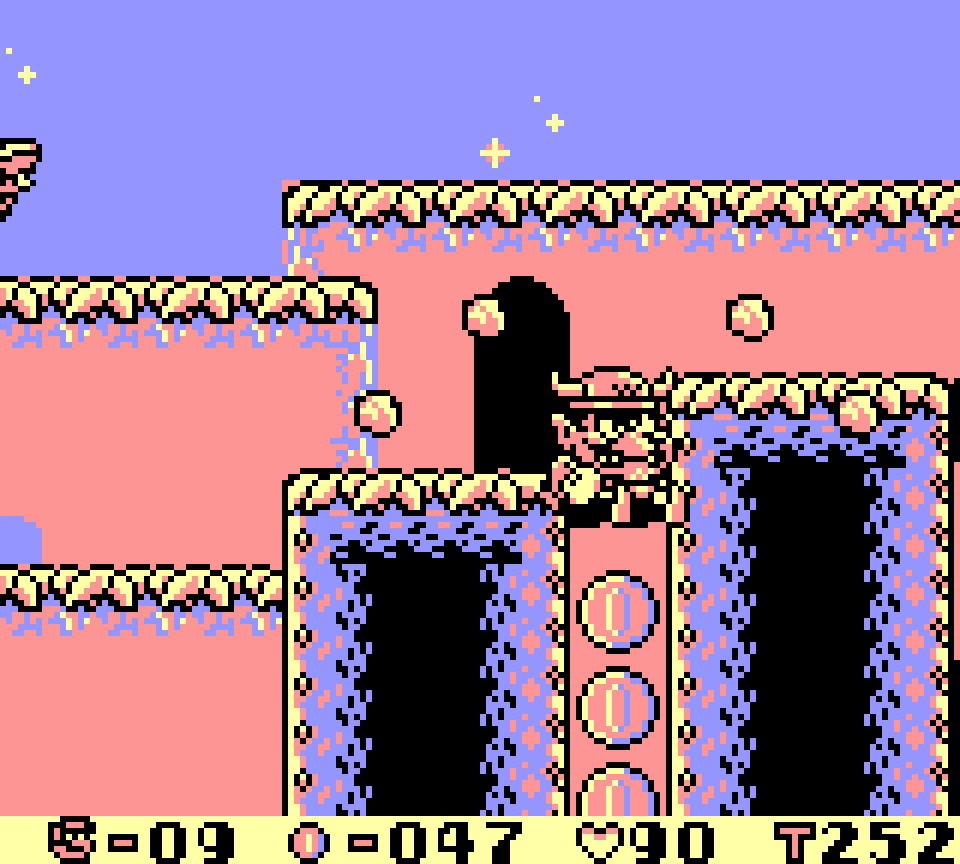
This level also looks very nice. Making the player climb up & down a tall mountain round the middle fits this level’s location on the world map @ the peak o’ its eponymous Mt. Teapot, & you go so high up that you can see the clouds & then the stars, which have a smooth gradient ’tween them. It’s just too bad this level uses the monotonous Course 09 music.
